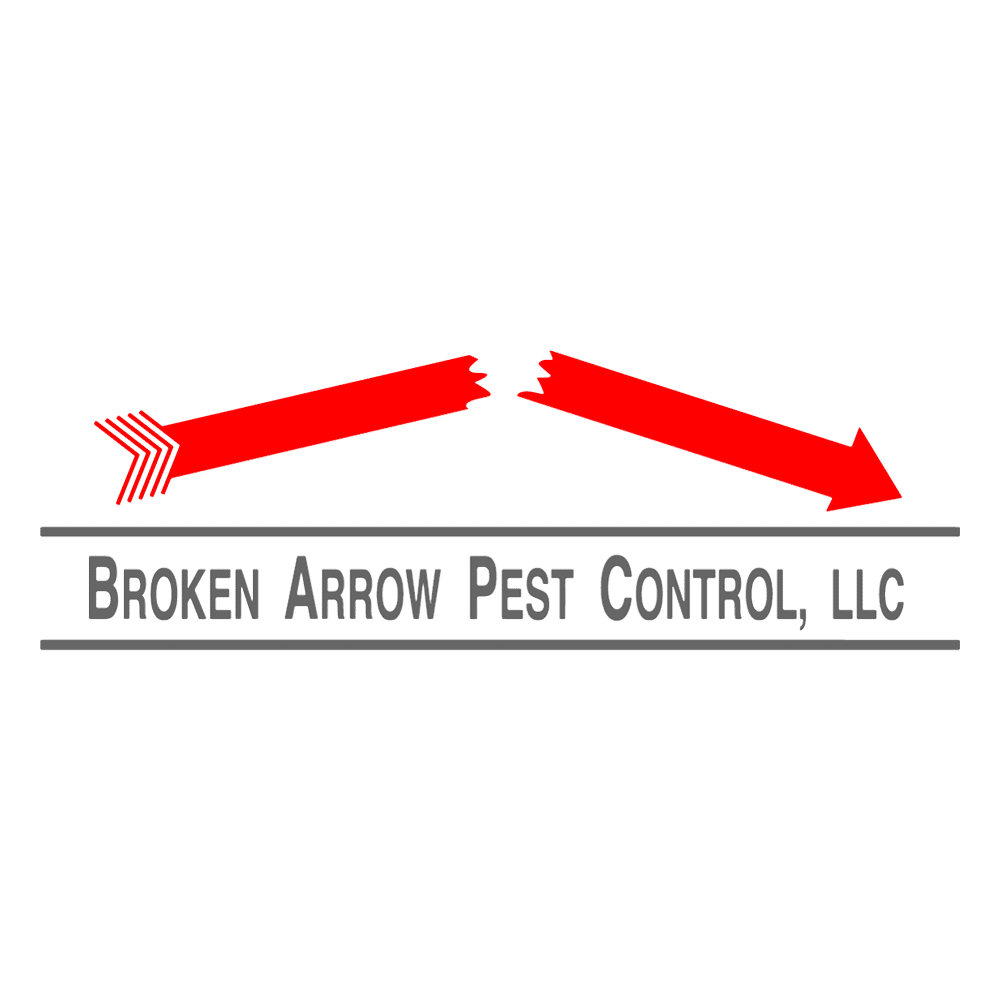The Basics Of Pest ControlPest Control Is The Management Of Pests, Which Are Organisms T …
It involves prevention, suppression, eradication and monitoring. It is a complex task as it requires expertise and careful consideration.
Typical pests include rodents such as rats and mice, which chew wood and can cause structural damage. They also cause a range of health problems like allergies and asthma attacks.
Prevention
One of the best ways to prevent pest infestations is through careful cleaning and sanitation. This means wiping down counters and floors, washing curtains, and regularly sanitizing furniture. It also means removing standing water, fixing leaky plumbing and keeping bushes and trees away from buildings.
Other prevention steps include screening windows and doors and using exterior door sweeps. Routinely inspecting the home for cracks, holes and crevices can reveal problems before they become major issues. Checking the roof, foundation and utility lines is important too.
Biological control uses the pest’s natural enemies, such as predators or parasites, to reduce the population. These methods don’t use chemicals, so they are less likely to cause harm to people or pets. However, they may take longer to work than chemical methods.In addition, PO Box 115 some biological methods may harm beneficial insects, so it’s best to use them in combination with other controls.These controls can include traps, barriers, nets, Texas radiation and other mechanical devices.
Suppression
Suppression involves taking steps to reduce pest numbers or damage to an acceptable level once a problem has been detected. It may include removing or blocking nests; destroying eggs; removing weeds; spraying, fumigating and killing unwanted plants or animals with chemical controls.
When a pest population is not under control through prevention and deterrence, it may be necessary to take more aggressive action. In outdoor pest situations, this often means adding physical barriers to the growing environment such as netting over fruit trees or screening greenhouses to prevent insect pests; or using mulches to inhibit weed germination underneath desirable plants.
Insect natural enemies such as predators and parasitoids can also be used to suppress pest populations.Finding and releasing suitable natural Shepherd pest control enemies requires extensive research on the biology of the enemy species as well as on the target pest, and attention to proper timing in the pest and enemy life cycles.Biological control is often performed inundatively (releasing large numbers of the enemy United States of America organisms at one time). Insect pathogens are another way to suppress insect pests.
Eradication
Pests can harm crops, plants, and animals.They can also contaminate 77351 food and water supplies. They can bite or sting (like bed bugs, bees, wasps and cluster flies), they can carry and spread diseases (like fleas, ticks, rats and mice) and they can damage the home, garden and personal items (like cockroaches, termites and rodents).
Steps to prevent pest infestations include removing all sources of food, water and shelter. This includes keeping garbage tightly closed, cleaning up any messes promptly and properly (especially outside), and sealing any gaps around doors, windows and utility penetrations.
If you use any pest control chemicals, be sure to follow the label directions for safe use. Whenever possible, choose nontoxic methods like baits and crack and crevice treatments. If these don’t work, consider more aggressive options such as fumigation and trapping. When you do resort to chemical treatment, always ask the pest control operator for the product name and EPA registration number so you can research the chemical’s safety record.
Monitoring
Identifying pests is the first step to taking effective control measures. The basic principle of IPM is that actions are taken against pests only when their numbers reach threshold levels (which may be based on esthetic, health or
economic
considerations). Monitoring can determine the onset of a problem, seasonal patterns, movement within a crop and the number and type of pests present in a field.
Pests can be monitored by looking at a crop and counting them, checking for damage or debris or inspecting for frass on the ground. A standard beat sheet, a yellow or white tarpaulin material with a heavy dowel on each end, can be used to collect insects while monitoring a field.
Pheromone traps can also be used to monitor pest populations. These traps use a manufactured copy of a male insectâs natural pheromone to confuse females and prevent them from mating, reducing their population
Face Book
